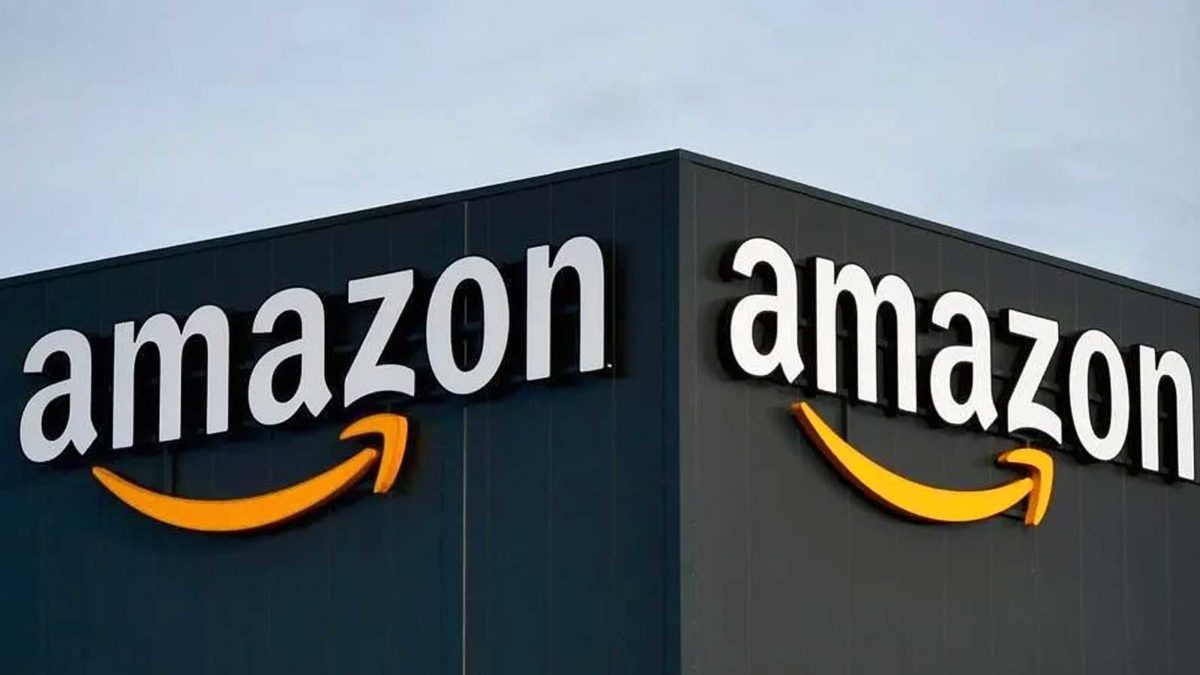What does Amazon’s stock split mean for shares?
Last week, Amazon announced its first stock split, where each shareholder will receive 19 additional shares for every share they already own. This means an investor who has 10 shares will now own 200, but the total value of their holding will remain the same.
A stock split is purely cosmetic and doesn’t alter the fundamentals of the company’s value other than help reduce the share price and make shares accessible to a larger number of investors because of its cheaper price.
The company also said the board authorized it to buy back up to $10 billion worth of shares.
In theory, after the stock split Amazon’s share price will reduce to US$139 per share from US$2,780.
Market analyst Josh Gilbert, from Global multi-asset investment platform eToro released coverage on the news of the Amazon split. He says, “Stock splits change nothing about the fundamentals of a stock. The splits are simply a psychological factor for retail investors buying assets. A stock that is priced at USD$100 compared to USD$2,500 is more attractive to retail investors.”
“Fractional share trading is now an important part of investing, but the price of a stock can still play an important factor. Investors will often feel that a stock with a lower share price has more growth potential than one with a higher price,” comments Mr. Gilbert.
Brokers across the board are saying the move should help get Amazon into the Dow Jones Industrial Average, which it is not currently a part of due to its high price. Entry into the index could help increase the stock’s value as it would require all the funds that own the Dow to buy Amazon shares.
So even though, stock splits don’t fundamentally change a company, they can make its shares more appealing to investors, especially when Tesla, Apple and Alphabet have all done it.
Mr. Gilbert finishes by saying, “On top of the stock split, Amazon also announced a USD$10 billion buyback program as it flexes its cash. This demonstrates to investors that the company is in a great position and has plenty of capital. Buybacks can have several benefits to a stock’s price, not only can it reduce the supply of shares on the open market, but it can also signify that the company feels its shares are undervalued at current levels.”
Amazon has significantly underperformed against big tech peers such as Apple and Microsoft in the last year, but the split and buyback program could offer the stock some momentum in the short term.









